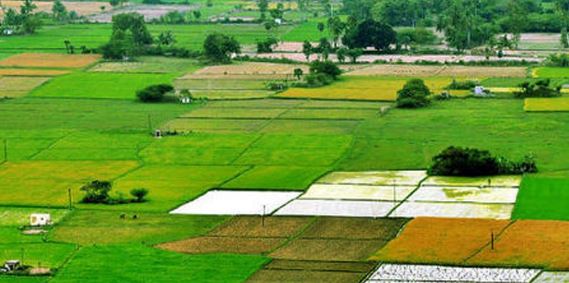Bhubaneswar: In a bid to provide a hassle free service to land owners and better administration of land revenue, the Revenue and Disaster Management Department along with the Board of Revenue Saturday began digitisation of land records, payment of land revenue online and mutation of land.
As a result of which all the above land related works can be done online within a short span of time without the need to running to government offices for land related works.
The steps by the department is a part of the 5T initiatives. The department has also started the process of simplifying the Kisams (type of land use) and Satwas (type of land holding) recorded in the Record of Rights or ‘Patta’ and consequently rationalizing the fixation of fair and equitable rent to bring about parity.
After digitization it came to the notice of the government that in spite of issue of guidelines and instructions published in the ‘Kisam Niyamabali’ and ‘Rayati Jami Record Kariba Pranali o Satwa Niyamabali’, by the Board of Revenue in the years 1992 and 1975 respectively, there is still existence of 7,797 types of Kisams and 750 types of Satwas still in vogue in the Record of Rights.
The major reason for such a huge number of Kisams found in the Record of Rights is the use of different vernacular names for the same Kisam of land.
Also Read: Another illegal firecracker manufacturing factory busted in Cuttack
Out of these 7,797 Kisams, 151 Kisams of jungle exist and 1,308 kisams pertaining to purely government land is found for example Gochar, Samudra, Pahada etc. The rest 6,338 Kisams have been classified into 12 major Kisams.
This is necessary to bring about a universal or agnostic nomenclature for ease of understanding, parity in fixation of fair and equitable rent, which is again different in different areas of the state for the same Kisam, easier transfer of land while land acquisition either for industrial or other purposes and simplification in payment of compensation or subsidies to the farmers during natural calamities.
During the changed times and digitization of land records, reclassification or remapping of the present Kisams of land has become inevitable. Hence, the Abadi lands in Odisha were classified into the following major Kisams: Irrigated Two Crops, Irrigated One crop, Non irrigated (Rainfed), Orchards (Bagayat), Water bodies (Jalashaya), Homestead (Gharabari), Commercial (Byabasaika), Industrial (Shilpabhttika) , Forest (Jungle), Institutional(Anushthan), Mine (Khani Khadan) and others.
In the second phase, the rationalization of purely government Kisam (1,308 in number) recorded in the four government Khatas namely, Abada Jogya Anabadi, Abada Ajogya Anabadi, Rakhit and Sarbasadharana shall be taken up.
Similarly, Satwa is the right of the land owner and is recorded during preparation of Record of Rights. It is a matter of great concern that even after the enactment of the Odisha Land Reforms Act, 1960 and Odisha Estate Abolition Act, 1958, there still exist 750 types of Satwas, majority of which are of intermediary status.
In this rationalisation, the 750 Satwas have been rationalised into five major Satwas namely – Raiyati or Sthitiban or Freehold, Pattadar or Lease Hold, Amrutamanohi, Endowment lands or Debottar/ Pirottar etc & Trust Estates. Government lands shall be in addition to these five Satwas.
Accordingly, a proposal was moved from the Board of Revenue for rationalisation of Satwas and Kisams and after a meeting held at the level of the Chief Secretary of Odisha, it was decided to take the opinions and suggestions of all stake holders including the elected Representatives through RDC Level workshops.
Due to the COVID-19 pandemic, two virtual workshops have been conducted through video conference by RDC (Southern Division) and RDC (Northern Division).
In the video conferences, Odisha Speaker, Leader of Opposition, Ministers, Members of Parliament, Members of Legislative Assembly, Principal Secretary, Revenue and Disaster Management Department, Secretary, Board of Revenue, all Collectors of the Divisions along with their team participated and welcomed the initiatives taken.
Extensive discussion was made after the RDC level workshops. Compilation of all the suggestions and opinions shall be done and the final paper shall be submitted to Government in Revenue and Disaster Management Department by the Board of Revenue for taking an appropriate decision in this matter.
PNN
